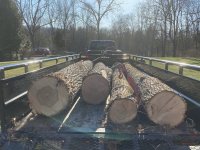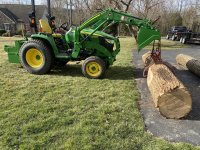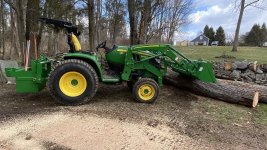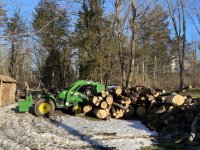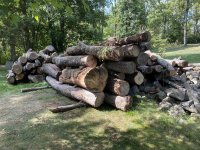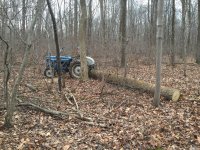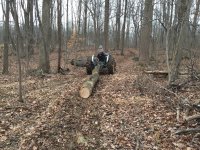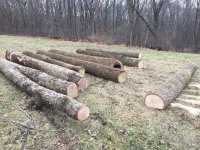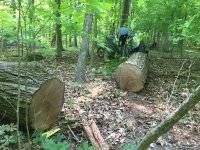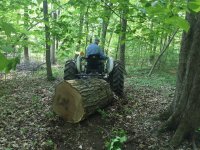rScotty
Super Member
- Joined
- Apr 21, 2001
- Messages
- 8,286
- Location
- Rural mountains - Colorado
- Tractor
- Kubota M59, JD530, JD310SG. Restoring Yanmar YM165D
Guys, I'm not sure why you're wasting discussion on "gear vs. hydro", when the OP is specifically looking for a hydro tractor. I also don't understand the fixation on 1.5 hp differential, I just don't run into many situations where my tractor's horsepower is the primary limiting factor in getting a job done.
Well, it may be because the OP said he is looking for certain HST features, but not knowing more about his handicap we don't know why he is fixated on HST. The implication he gives is that he has problems moving his feet.
If that is the case, It could be that the OP simply doesn't know that a lot of the gear tractors these days are controlled by levers on the steering column. Most gear types offer a "power shift" option of controlling range and/or speed with a hand lever on the steering wheel, instead of with foot movement. Plus most gear tractors have the additional option of a "shuttle shift" so that switching for forward and reverse is also done on the steering column. In the last 20 years, many gear tractors have ended up requiring less footwork than the HST.
On our gear drive Yanmar and the big JD, the clutching, shifting, and F/R are all done with a fingertip lever on the steering column. Ranges were selected with a hand lever below the dash. The only time we absolutely had to use the foot clutch was starting the motor.
On HP loss, I agree that a couple of HP differential is not going to be significant. But maybe that is because I don't tend to use any tractor at full throttle & so more power is always available.
rScotty
Last edited:
